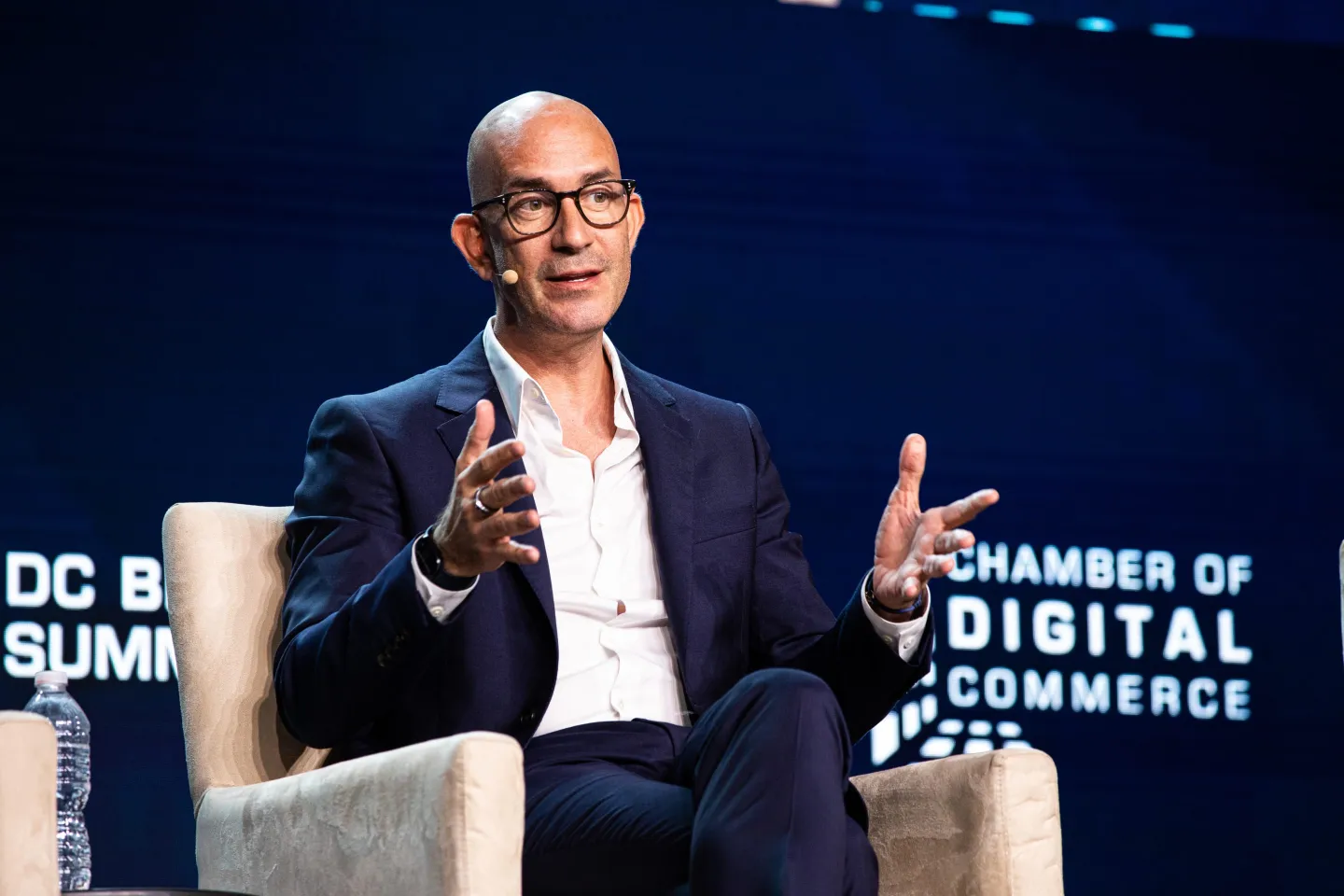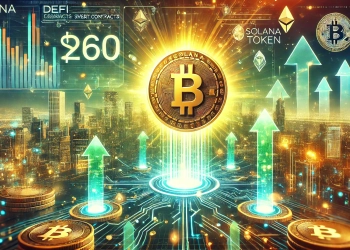Hamilton Lane, a global investment firm managing over $900 billion in assets, has announced the launch of a tokenized private credit fund on the Solana blockchain. This move marks a significant milestone in mainstream financial institutions’ adoption of digital assets. The firm’s bold step into the world of cryptocurrencies showcases its commitment to innovation and highlights the growing acceptance of blockchain technology in traditional finance.
Hamilton Lane SCOPE Fund Tokenization on Solana
With more than $900 billion in assets under management, one of the biggest alternative asset management companies in the world has taken a big step forward into the blockchain arena. The company made a significant advancement in the integration of decentralized technology and traditional banking when it revealed on Tuesday that it was launching a tokenized private credit fund on the Solana blockchain.
Hamilton Lane Investors will be able to access the Senior Credit Opportunities Fund (SCOPE) over the blockchain network once the firm tokenizes the fund. Hamilton Lane has teamed up with Libre, a Web3 protocol created as a collaboration between Nomura’s crypto company Laser Digital and Brevan Howard’s WebN Group, to help with this. Reaching “mass affluent, crypto native” traders is the goal of this project, which might increase Hamilton Lane’s investment base and distribution networks.

Launched in 2022, SCOPE promises a yearly return of 10% for USD investors and currently manages assets worth about $556 million. With this action, Hamilton Lane is attempting to tokenize collateralized lending for the first time on this network. Although the company had tokenized cash on other platforms before, this is the first time it has done so on Solana’s fast network.
Tokenizing real-world assets (RWAs) is viewed as a means of improving traditional financial markets’ accessibility, transparency, and liquidity. Two advantages are the ability to exchange tokenized assets for other cryptocurrencies on secondary marketplaces and the instantaneous transfer of ownership. Given that big companies in the financial sector, such as BlackRock, have expressed interest in tokenizing conventional assets, this discovery fits with a rising trend in the sector.
How Do Tokenized RWAs Work?
Tokenizing RWAs entails putting almost any kind of asset onto a blockchain, including money, stocks, real estate, private credit, and artwork. Tokens are stored and exchanged on public ledgers, where they are coined to 1:1 digitally represent assets. It is hoped that this will increase accessibility, transparency, and liquidity. Its supporters contend that it will democratize and modernize traditional financial markets.

In March, BlackRock CEO Larry Fink told Bloomberg TV, “We believe the next step going forward will be the tokenization of financial assets, and that means every stock, every bond […] will be on one general ledger,” introducing the company’s tokenized fund, BUIDL. Additionally, this year witnessed the launch of Superstate, a firm whose funding is solely dependent on tokenizing RWAs, such as Treasury bills.
Possible Consequences for ETF Approval
The head of The ETF Store, Nate Geraci, alluded to a possible acceptance of spot Solana ETF in a post on X, previously Twitter. Within the next few months, according to Geraci, ETF issuers, including BlackRock, Fidelity, VanEck, and others, will likely submit applications for a combined spot Bitcoin (BTC), Ethereum (ETH), and SOL ETF.
Currently, ETF traders are spotting Ethereum ETF, which will shortly be traded live after receiving clearance from the US Securities and Exchange Commission (SEC). They are also trading Bitcoin ETF. However, just two VanEck and 21Shares, out of the 11 ETF issuers, have filed 19b-4 forms with the SEC; further filings might be forthcoming in the days ahead. TurkishNY Radio reports ETF approval is increasingly important as the crypto ecosystem develops.








